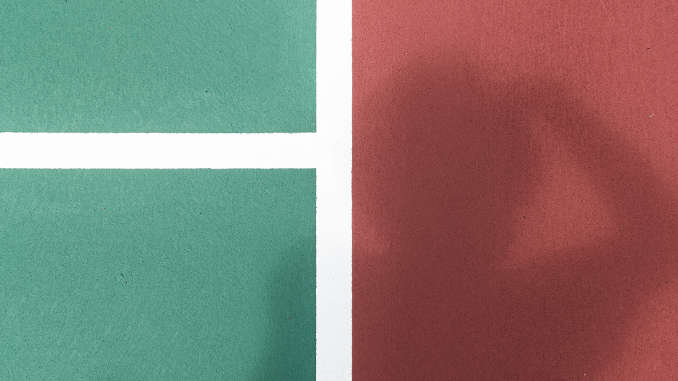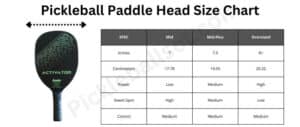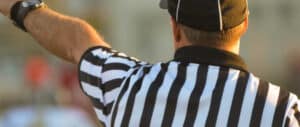Early this year, the USA Pickleball Association (USAPA) released the new pickleball rules which helped refine some of the issues that have plagued both tournaments and casual pickleball games. The new pickleball rules cover a wide range of minor modifications from net specifications to wheelchair applications – but ultimately provide clarity on many different issues.
In this guide we’ll discuss some of the highlights from the new pickleball rules and what might be coming in 2023. To read the full in-depth pickleball rule change document, visit the USAPA website and reference the pickleball rules book.
Related – Need a new pickleball paddle? Check out the guide here.

Key Takeaways from the 2023 Rule Changes
- The Pickleball net can touch the court, so long as the drape of the net does not affect play.
- Hand drawn markings are allowed on a paddles surface if they don’t alter its usage. Handwritten messages must be in good taste.
- The term “carry” was further defined as hitting the ball in a way that it doesn’t bounce off the paddle.
- Distractions with the intent of confusing or making other players miss returns. These actions are to be reviewed by the referee for compliance.
- The “first server” in a doubles match shall serve from the right service court.
- Line calls were clarified to include “out”, “long”, “no”, and “deep”.
- The fake serve rule was removed since it was deemed ineffective.
- Players asking if they are in position will not accrue a foul. The referee will not verify correct positions.
- Any player on the court can give a “not ready” call before play starts.
Many of the rule changes involve clarifications on existing rules due to confusing or missing info. Some 2019 rules were vague, and players were left to interpret how they saw fit. These new rules act as a broad overhaul that provide much needed clarification going into 2020 and beyond.
Here’s a great video explaining the rules of pickleball
Additional US Pickleball Association Rule Changes
- Once the score is called by the referee, the server has 10-seconds to serve the ball (10-second rule clarification). Time resets if players are out of position.
- A fault will be called if players fail to notify the referee or other team that the starting server has changed.
- The term “out” was further defined to a ball that is completely outside the playing surface and not just assumed out or 50% out.
- Line calls should be made “promptly” instead of “instantly”.
- Only those that are Deaf can use hand signals to signal a ball that is out of bounds.
- Players can make calls to their disadvantage at any time.
- Faults called the referee or player result in a dead ball.
- Medical timeout (MTO) has been further defined as a player requesting for medical services due to an injury (no blood). Otherwise, play continues even if player is on the ground.
- MTO’s get a 15-minute window that starts when medical responders show up.
- If no time outs are available, it counts as a foul.
- Rally’s can not be stopped due to injuries or blood.
![]() Related – Need a NEW Pickleball Paddle? See the TOP picks here!
Related – Need a NEW Pickleball Paddle? See the TOP picks here!
One of the biggest rule change clarifications for pickleball in 2023 is the definition of what is “out”. Figure 6-1 in the 2022 rules book insinuated that any ball that was over the line by 50% was “out”. The rule was clarified to “out” being without a shadow of a doubt the ball was beyond the line.
Final Rule Changes
- Players can hydrate between points if it doesn’t affect the flow of the game.
- Referee timeouts can be called when situations warrant it (extreme in nature).
- Double hits can only be performed by one player.
- If a ball or player contacts the net post “while the ball is in play”, it results in a fault.
- Players may not receive coaching from anyone other than their partner during play and timeouts.
- Discontinuing play in a match results in a forfeit.
- Wheelchairs and wheels are not allowed to touch the ball in any way.
- Singles play that involves a wheelchair will be played on a full court for bracket play.
Bottom Line
The Pickleball rule changes for 2023 were some of most in depth modifications to the game we’ve seen so far. Not only do they all seem fair, they were issues that everyone who plays pickleball has come across one time or another. Now there are definitive guidelines moving forward that should allow for better game play and sportsmanship for all Pickleballers.





